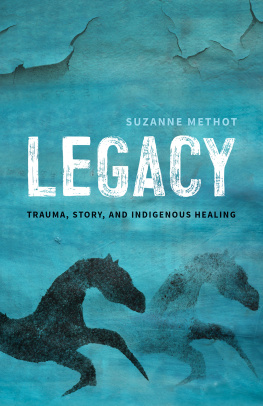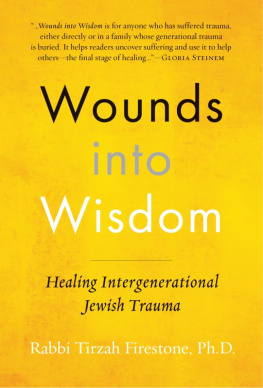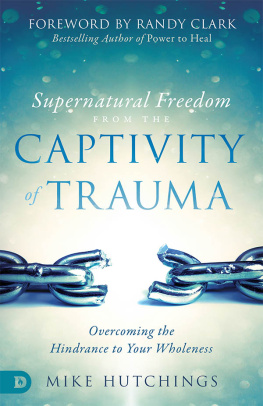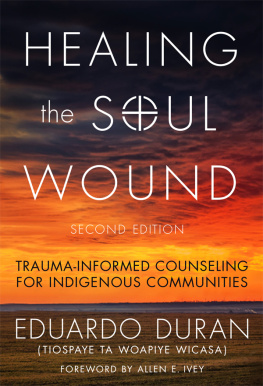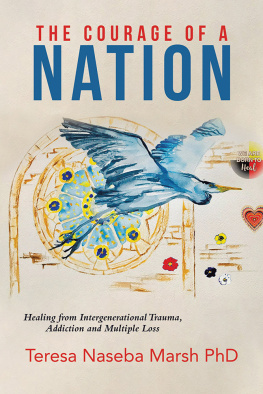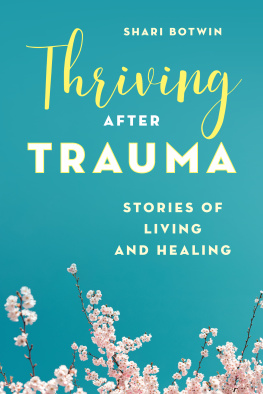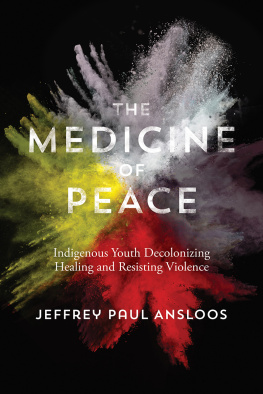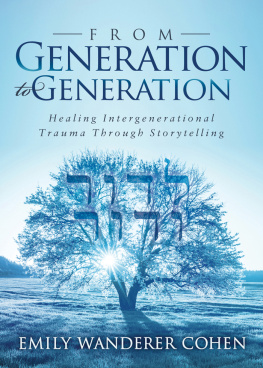To create health, you need a new kind of knowledge, based on a deeper concept of life.
We work in the direction of ending the trauma, and letting our children be children.
Indigenous people do funerals really, really well.
When a young man I know is stabbed and killed in a street fight in Toronto in 2016, there are no fewer than three memorial services: one at the local friendship centre, one at his workplace, and one on his mothers reserve. A vigil is also held at the site of his death. News of his passing filters through the Indigenous community on Tuesday and Wednesday, and by Thursday, the first memorial is in progress. The events come together beautifully: drummers, elders, a photo slideshow, room rentals, social media invitations, a written program, a speakers list, gifts for the family, a basket of tobacco ties (cobbled together from at least three different urban organizations), platters of food, his favourite music piped into the auditorium, a guestbook, and people gathered to support the family and discuss This Thing That Has Happened.
I have lived in and worked for Indigenous communities in Ontario since 1992, and I can tell you: this kind of co-operation, positive energy, and amenability does not exist on an everyday basis.
If you dont believe me, then believe the Aboriginal Healing Foundation (AHF). Between 1998 and 2014, the AHF a non-profit organization managed by Indigenous peoples conducted research and supported community-based healing initiatives across the country. These projects were meant to address the legacy of residential schools in Canada, including intergenerational impacts. According to the AHF, as a result of the physical, sexual, and psychological abuse suffered by those who attended residential schools, the capacity of Indigenous peoples to build and sustain healthy families and communities has been compromised and, in some places, completely erased.
The AHF says psychological and emotional abuse in Indigenous communities is common. Rage and anger are widespread at all levels individual, family, and community. Indigenous peoples carry multiple layers of unresolved grief and loss, and they suffer chronic physical illness related to their emotional and spiritual states. Families, communities, and workplaces suffer from toxic communication patterns. According to the AHF, there is disunity and conflict among individuals, families, and factions within Indigenous communities. Indigenous people in positions of authority often misuse their power to control others. The social structures that hold families and communities together trust, common ground, shared purpose and direction, a vibrant ceremonial and civic life, co-operative networks and associations have broken down, and in many families and communities, there are only a few people working for the common good. Many Indigenous people fear personal growth, transformation, and healing.
In addition to those listed above, the AHF has documented 22 other impacts of intergenerational trauma that it says are contributing to dysfunction and negative outcomes in Indigenous communities. These findings have been corroborated by other organizations, including the National Collaborating Centre for Aboriginal Health, which released a 2015 report on the increased prevalence and root causes of depression among Indigenous peoples in Canada.
The AHF makes a direct connection between residential schools and the challenges we see in Indigenous communities today. In so doing, it delegitimizes the notion that colonization or civilization, as some people like to call it has benefitted Indigenous peoples. It also delegitimizes the notion that current challenges within Indigenous communities are the result of inherent deficiencies in Indigenous peoples and cultures. The AHF list of intergenerational impacts makes it very clear: where Indigenous peoples and communities are dysfunctional and/or in crisis, it is because of colonialism, not because they are Indigenous.
The way in which the Indigenous community in Toronto came together in 2016 to mourn the death and celebrate the life of the murdered young man shows that age-old philosophies of respect, responsibility, reciprocity, and relationships continue to underpin our communities despite the negative effect of colonization and settler colonialism. These philosophies also support the transformative healing work underway in many Indigenous communities across the country. However, I have seen the dysfunction and negative outcomes described by the AHF at every level of Indigenous society, from my own life and the life of my family, to the people I know, the communities I have worked with, and the Indigenous organizations I have worked for.
Indigenous peoples are more than victims, and they are not defined only by the traumatic events of colonization. As Nehiyaw poet Billy-Ray Belcourt wrote in a blog post after being named a Rhodes Scholar in 2015 (an achievement that was inevitably framed around Belcourts experiences with racism and the trauma of residential school), Dear Media: I am more than just violence. Despite the Indigenous desire to leave the past behind, however, the past doesnt seem quite done with us.
This past-as-present reality is reflected in the lives of many Indigenous people in Canada, including the life of Robert Arthur Alexie. Alexie was chief of the Tetlit Gwichin band council in Fort McPherson, Northwest Territories, and chief negotiator for the Gwichin regional land claim in 1992. After serving his people in multiple roles, he was elected president of the Gwichin Tribal Council in 2012. Alexie was also a musician, a photographer, and the author of two novels including the groundbreaking Porcupines and China Dolls, which deals with the impacts of the residential school system on Indigenous peoples. Alexie was knowledgeable, principled, and funny, and he made enduring contributions to his nation and to the country. And in 2014, at the age of 58, he was found at the side of the Dempster Highway in the Northwest Territories, dead from a self-inflicted gunshot wound. In a 2015 piece about Alexies contribution to Indigenous and Canadian literature, journalist Noah Richler surmised that Alexies terrifying private demons had finally caught up with him.
These demons are a persistent reality in the lives of all the Indigenous people I know and have known, affecting those on the fringes of society and those in positions of influence and authority. They exist in people who seem to be functioning just fine, thank you the kind of people who are profiled in good-news media stories that seek to overturn common myths and stereotypes about Indigenous peoples and communities.
The young man whose death brought the Toronto community together in an all-too-familiar ritual of mourning was certainly a success story. He worked at a major cultural institution. He had graduated from high school, studied a trade at the college level, and was registered in another college program when he died. He had pursued his goals, even completing a course to overcome his fear of public speaking. He bicycled to and from work and was trying to quit smoking. He had a girlfriend and he was saving up so they could move out of her fathers house. He was well liked and he wanted to work for his community. He did everything the student support workers at his high school and college said he should do. And he still died at age 20, stabbed in the neck and chest, after taking a bar fight outside.

